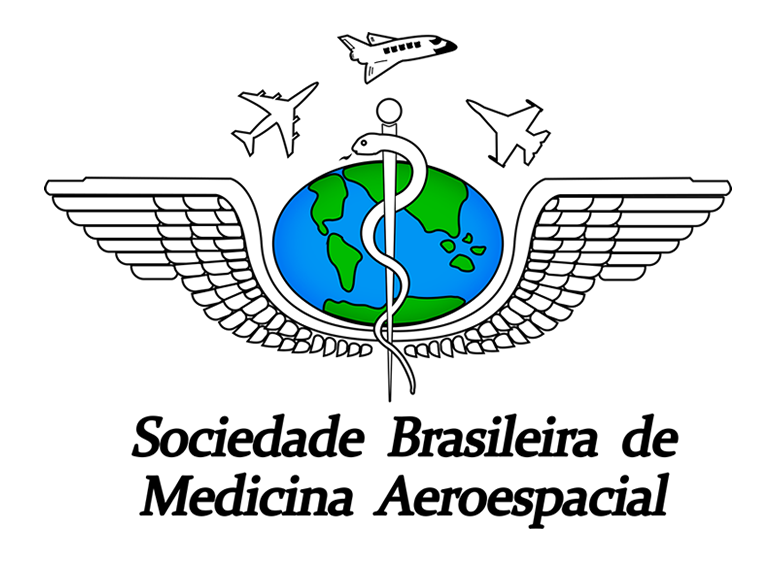The overall risk of contracting a disease froman ill person onboardan airplane is similarto that in other confined areas with high occupant density, such as a bus, a subway, or movie theatre for a similar time of exposure. anywhere where a person is in close contact with others.
That said, the risk on airplanes is probably lower than in many confined spaces because modern airplanes have cabin air filtration systemsequipped with HEPA filters.
HEPA or high efficiency particulate air filters have similar performance to those used to keep the air clean in hospital operating rooms and industrial clean rooms. These filters are very effective at trapping microscopic particles as small as bacteriaand viruses.
HEPA filters are effective at capturing greater than 99 percent of the airborne microbesin the filteredair. Filtered, recirculated air provideshigher cabin humidity levels and lowerparticulate levels than 100% outside airsystems.
The cabin air system is designed to operate most efficiently by delivering approximately 50 percent outside air and 50 percent filtered, recirculated air. This normally provides between 15 to 20 cubic feet of total air supply per minute per person in economy class. The totalair supply is essentiallysterile and particle-free.
Cabin air circulation is continuous. Air is always flowing into and out of the cabin. Total airflow to the cabin is supplied at a bulk flow rate equivalent to 20 to 30 air changes per hour. This provides temperature control and minimizes temperature gradientswithin the cabin.
Frequently Asked Questions
Q1: What is a HEPA filter?
According to the European air filter efficiency classification, a HEPA (High Efficiency Particulate Air) filter can be any filter element rated between 85% and 99.995% removalefficiency.
For their production of aircraft with cabin air recirculation systems, manufacturers have chosen the higher efficiency filters, which aresimilar towhat you wouldfind in a hospital operating theatre.
Q2: Are all commercial aircraft fitted with HEPA filters?
The majority of modern, large, commercial aircraft, which use a recirculation type of cabin air system, utilise HEPA filters. A small number of older aircraft types have filters with lower efficiencies.
Q3: What is the smallest particle size that the cabin air filter element can remove?
Air filters can remove very small particles such as bacteria and viruses. Virtually all viruses and bacteria are removed; even the most difficult particlesin the range of 0.1 to 0.3 micron are filteredout with an efficiency level of of 99.995%. Contrary to popular belief, very small particles below 0.1 micron are easily filtered out by the mechanism of diffusional interception.
Q4: How often are filters changed?
The interval varies by aircraft. Most airlines replace cabin air filters at regular “hard time” intervals to fit in with routine scheduled maintenance periods, as long as these intervals do not exceed filter manufacturers’ recommendations.
Q5: What happens if the cabin air filter elements are not changed out regularly?
Air flow through the filtermight be reduced, but the efficiency of the filter at capturingviruses and bacteriais not affected.
Q6: Is there a danger to the maintenance personnel by removing used cabin air filters?
There is no more risk involved in replacinga cabin air filter than carryingout general maintenance on any aircraft part that has been in service for a number of years. Workingwith WHO, IATA has publishedguidance material for maintenance staff which is available at http://www.iata.org/whatwedo/safety/health/Pages/diseases.aspx.
* This briefing paper wasassembled frominformation providedby Airbus, Boeingand Pall Corporate.
2 Briefing paper – Cabin air quality
